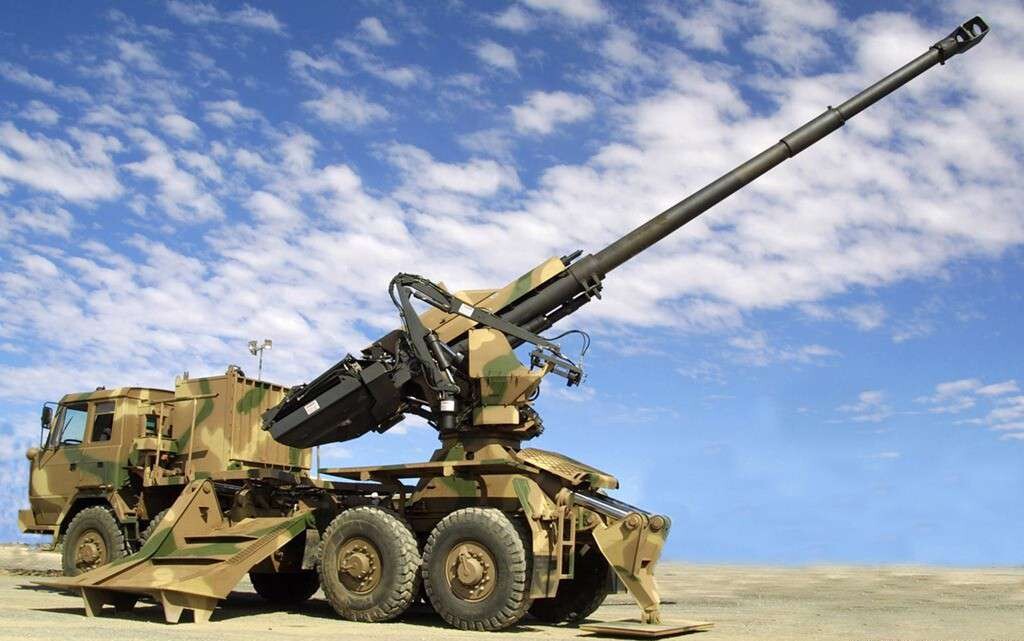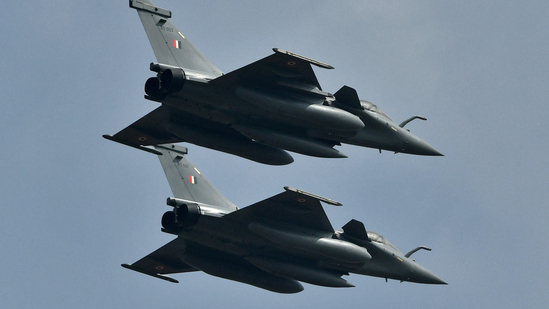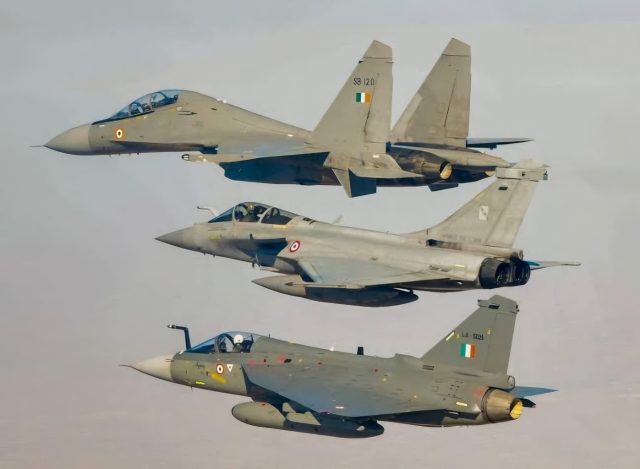Introduction
India’s Regiment of Artillery forms the backbone of its land warfare capabilities, fielding an array of powerful guns—from portable mortars to state‑of‑the‑art self‑propelled howitzers and multi‑barrel rocket systems. In this comprehensive analysis, we’ll explore the five major categories of artillery in service with the Indian Army, highlighting their technical specs, operational roles, and strategic value.
1. Light Artillery & Mortars
- 120 mm Mortars are workhorses for infantry support. These smoothbore or rifled mortars fire 1.2 kg to 4.2 kg bombs over 7.2–9.5 km, offering flexible, terrain‑hardened fire support for assault, concealment, and illumination tasks.
2. Field Artillery (Towed Guns & Howitzers)
- 105 mm Indian Field Gun (IFG): Developed at Jabalpur, this lightweight towed field gun remains effective in direct support roles.
- 122 mm D‑30 Howitzer: A Soviet‑origin artillery piece dating back to the late 1950s, the D‑30 is valued globally for its robustness and sustained performance.
3. Medium Artillery (155 mm Towed Howitzers)
- 130 mm M‑46 / “Sharang”: A relic of the 1940s, modernized into the “Sharang” variant by the OFB, this gun offers extended range and now serves alongside newer systems.
- Haubits FH77 Bofors (155 mm): A Swedish-designed mainstay since the 1980s, it achieves 4 rounds in 9 seconds and sustained firing rates—field-proven in the Kargil War.
- M777 Ultra-Light Howitzer (155 mm): A British/American lightweight gun deployed in high-altitude and expeditionary roles. India operates around 145 units assembled domestically .
- Dhanush (155 mm, L/45): India’s first indigenous 155 mm towed howitzer developed by AWEIL/OFB Jabalpur. With ranges up to 42 km and advanced auto-alignment, it’s set to replace the FH77 by 2025.
- Bharat-52 (155 mm, L/52): A modern home‑grown towed system by Kalyani Group, offering 41 km range—and a strong contender in recent artillery trials.
4. Self‑Propelled Artillery (SPA)
- FV433 Abbot (105 mm): A legacy British SPA converted from FV430 chassis. These have largely been phased out.
- K9 Vajra‑T (155 mm, L/52): A South Korean-designed self‑propelled howitzer, co-produced by L&T. Over 300 units have been inducted to provide rapid mechanized fire support.
5. Rocket & Missile Artillery Systems
- Pinaka Multi‑Barrel Rocket Launcher System (MBRL): DRDO’s flagship MBRL, with 12 rockets per launcher and ranges from 40 km to 120 km—Mk‑II/III variants present guided options. In service since 1999 and expanding rapidly.
- Smerch MLRS (240 mm): Russian-sourced and capable of 90 km range, used for heavy destructive roles in layered bombardments.
Why It Matters
- Operational Flexibility: Ranging from man-portable mortars to rocket systems, India covers all speed, range, and mobility requirements for modern warfare.
- Indigenization Drive: The Dhanush, Bharat‑52, ATAGS (under trials), and Pinaka guided rockets reflect India’s push for domestic capability
- Terrain Adaptability: Ultra‑light M777s and K9 Vajra‑T SPHs enhance manoeuvre artillery capability in mountainous or difficult terrain, critical along China and Pakistan borders.
- Digitized Fire-Control: Systems like ATAGS and guided MBRLs offer networked precision fires, supporting shoot‑and‑scoot tactics.
Table: Key Artillery Systems
| System | Type | Caliber | Range | Role |
|---|---|---|---|---|
| 120 mm Mortar | Light Mortar | 120 mm | 7–9 km | Infantry support |
| D‑30 Howitzer | Towed Howitzer | 122 mm | ~15 km | Field support |
| M777 Howitzer | Towed Howitzer | 155 mm | ~30 km | High-altitude operations |
| Dhanush | Towed Howitzer | 155 mm | 38–42 km | Long-range precision |
| Bharat‑52 | Towed Howitzer | 155 mm | ~41 km | Modern Indian design |
| K9 Vajra‑T | SP Howitzer | 155 mm | ~40 km | Mechanized force support |
| Pinaka MBRL | Rocket Launcher System | 122–214 mm | 40–120 km | Saturation and stand-off |
| Smerch MLRS | Rocket Launcher System | 240 mm | ~90 km | Heavy bombardment |
What’s Next
India aims to fully phase out legacy systems like the FH77 by 2025 and ramp up production of indigenous platforms (Dhanush, Bharat‑52, ATAGS) and Tatra-mounted self-propelled artillery. Meanwhile, the Pinaka ecosystem is being upgraded with guided rockets and automation to form part of a proposed Integrated Rocket Force alongside BrahMos and Pralay.
Conclusion
From classic guns to precision-guided rockets, the Indian Army’s artillery spectrum has evolved into a highly mobile, lethal, and networked force. With accelerated indigenization, digital integration, and capability upgrades, artillery continues to remain China–Pakistan theatre’s strategic fulcrum.



















